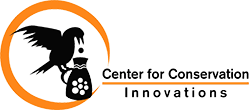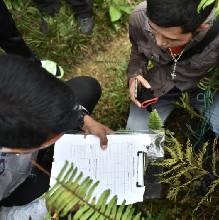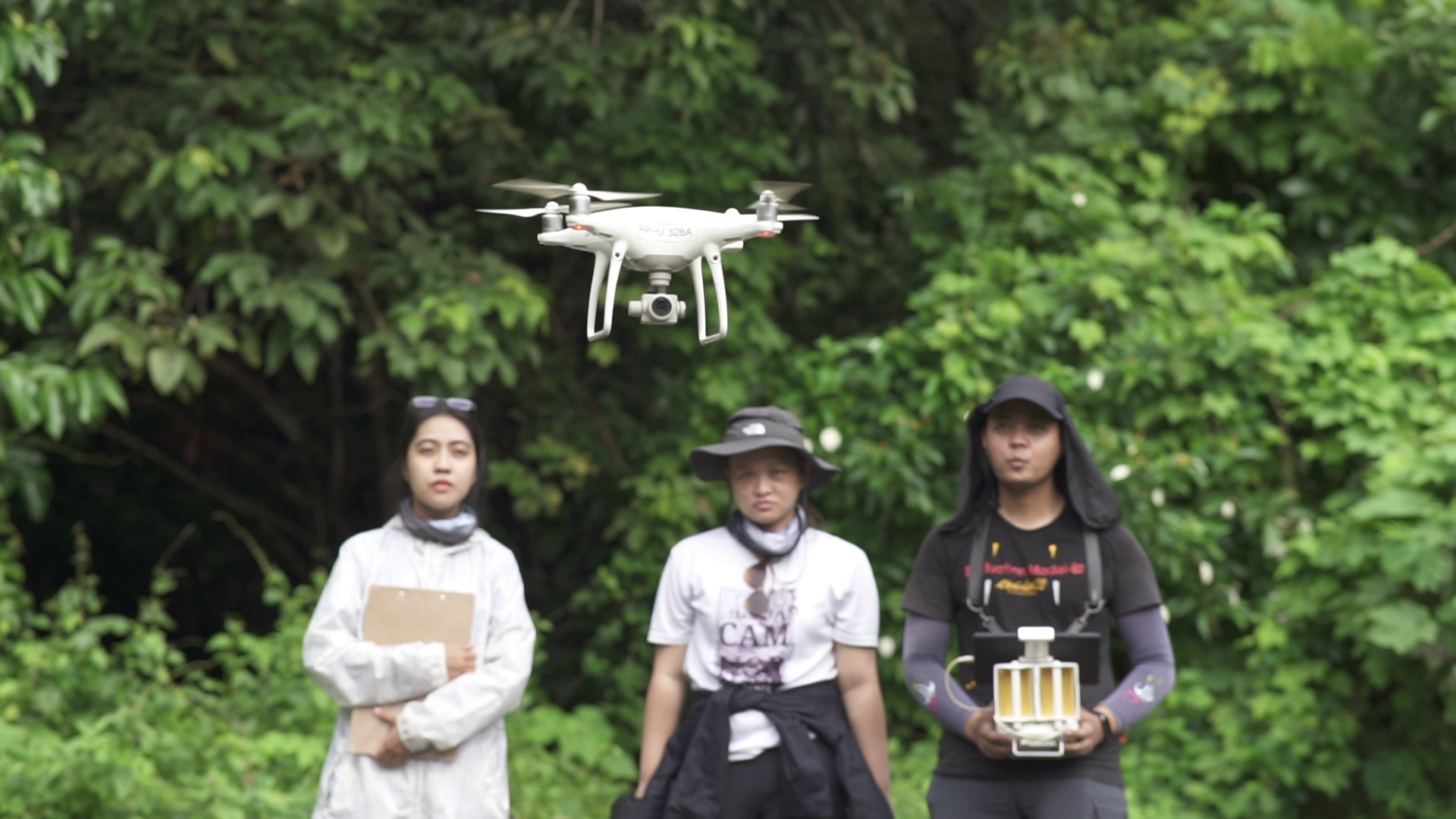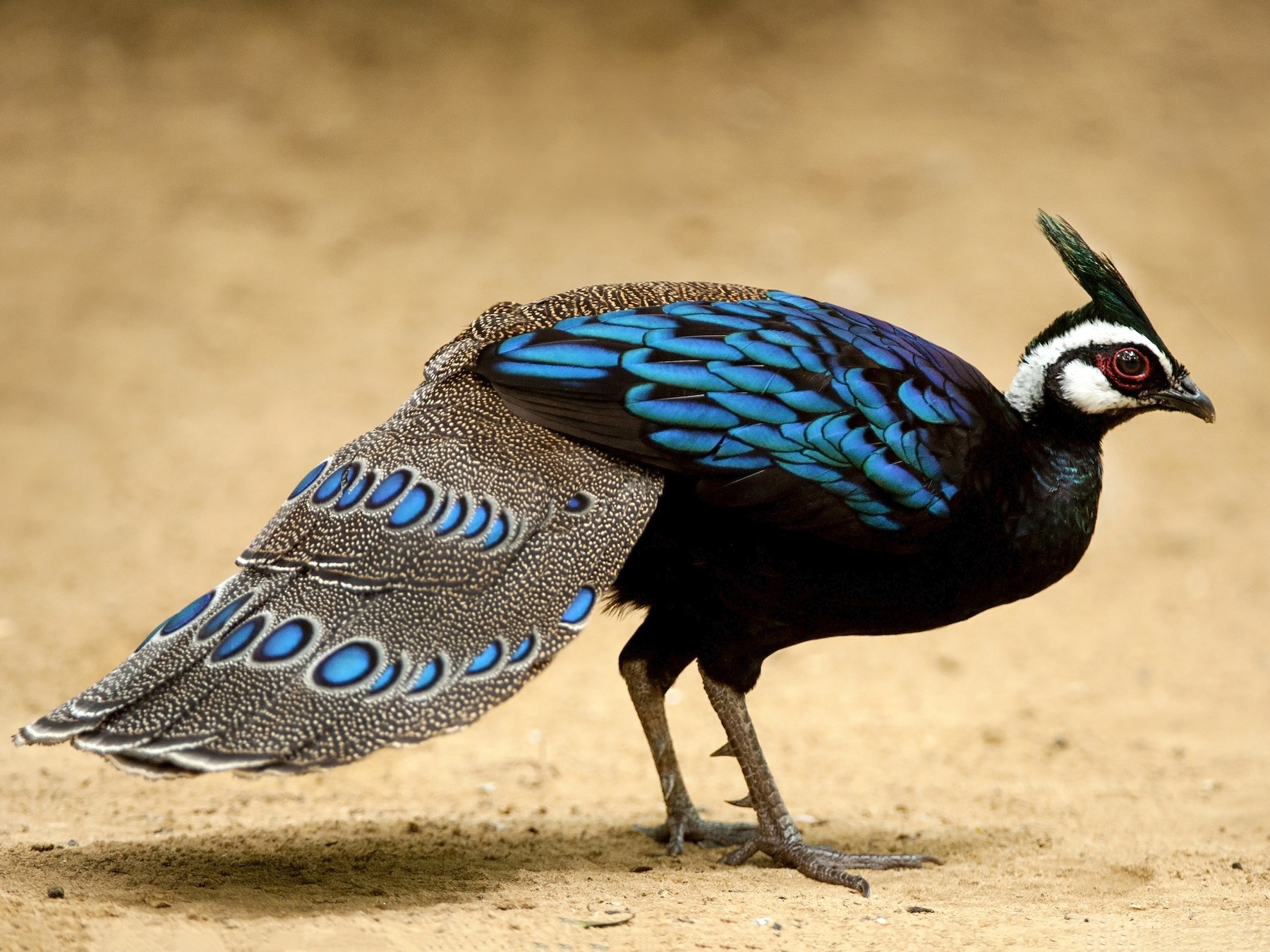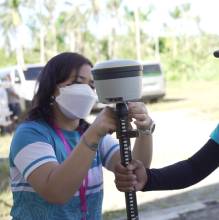Solutions
Our Specialized Teams
We are composed of experienced, practical, and creative thought leaders and practitioners who all share a common passion for nature conservation. Currently, we have five specialized, solutions-oriented teams:
Biodiversity Solutions Team
The Biodive Team is responsible for studying the biological integrity of CCIPH’s project sites by going into the field to collect and analyze firsthand data on wildlife and habitat conditions. The Biodiversity Solutions Team, or simply Biodive, is mainly responsible for studying the biological integrity of CCIPH’s project sites. Part of their work is going into the field to collect and analyze firsthand data on wildlife and habitat conditions, to be used for conservation plans, both for government-protected areas and privately-owned lands.
The team is highly trained in species distribution modeling (SDM), which is a tool for determining viable habitats for target species. Consisting of specialists in the fields of conservation biology, herpetology, and botany, the Biodive team is greatly invested in the development of the High Conservation Value (HCV) – Natural Capital Accounting (NCA) Framework for the Philippines. The team strives to incorporate new and better science-based approaches to further the biodiversity scene in the Philippines.
Geospatial Solutions Team
The GST is tasked with the responsibility of translating maps and interpreting views of Mother Earth into useful visual information to help solve conservation problems. The Geospatial Solutions Team, or Geo team, is tasked with the responsibility of translating maps and interpreting views of Mother Earth into useful visual information to help solve conservation problems and, well, make conservation work.
The team is composed of practitioners in the fields of geography, geomatics, marine geology, and eco-disaster preparedness, further reinforced by specialists vested with licenses to exercise their professions from the allied disciplines of geodetic engineering, geology, forestry, agricultural and biosystems engineering, environmental planning, and unmanned aviation.
Carbon Solutions Team
The Natural Assets Solutions Team is in charge of conducting carbon stock assessments in various sites in the Philippines and providing nature-based solutions for the reduction and removal of emissions from the atmosphere. The Carbon Solutions Team is responsible for conducting carbon stock assessments in various sites in the Philippines. They help develop and provide nature-based approaches and solutions for the reduction and removal of emissions from the atmosphere. This, in turn, also offers several significant benefits to the conservation initiatives of CCIPH–improving the resilience and ability of ecosystems and communities to adapt to the harsh impacts of climate change today.
Community Conservation Solutions Team
The Community Conservation Solutions Team is responsible for assessing areas important to wildlife and communities that may have been degraded due to any natural and anthropogenic activities and would need further assistance in restoration. They create a better understanding of the direct and underlying causes driving land use activities, thus providing CCIPH with essential data support significant in developing and designing action plans and framing appropriate interventions to protect the forests, adapt to and help reduce the effect of climate change.
Technology Solutions Team
TechLab is at the helm of deploying new conservation technologies and demonstrating their use and applicability to level up biodiversity monitoring projects and enhance data capture. Also known as the Wildlife Technology Laboratory, or TechLab, is responsible for deploying conservation technologies and demonstrating their use and applicability to level up biodiversity monitoring projects. They engage with “tech-for-wildlife” experts and end-users to trade knowledge and skills and learn the capabilities of these conservation techs for data capturing, monitoring, analysis, and management. Techlab is dedicated to helping the government and communities gain access to conservation tech and build capacities to lift their work to the next level by maximizing science and technology to support planning and decision-making.
